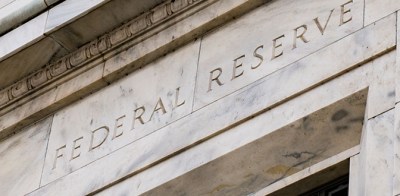A series co-authored by Lara Rhame, Chief U.S. Economist at FS Investments, and Tal Reback, Principal at KKR
The global transition away from LIBOR is progressing, but while some market segments have already embraced SOFR, other markets remain behind. In this note, we cover two topics: First, we discuss the implications of the recent USD LIBOR extension. Second, we focus on leveraged loans, a critical area which has so far been slower to address the fact that global markets are leaving LIBOR.
Business loans are an integral part of the U.S. economy and impact a significant group of small and medium-sized issuers who, unlike large corporations, may not have direct access to the capital markets. Bloomberg estimates that $4.7 trillion worth of business loans are tied to LIBOR. This includes $3.4 trillion in loans for revolving credit facilities and term loans to investment-grade (“IG”) companies, most of which are held on bank balance sheets.1 Here, we will focus on the sub-IG part of the syndicated loan market, commonly referred to as leveraged loans, which has become an important asset class for many fixed income investors. The leveraged loan market came onto the scene in the mid-1980s and helped fuel the leveraged buyout boom that swept Wall Street during that period. Since then, the market has grown to ~$1.2 trillion and in the last 10 years has averaged ~10.5% annual growth.2
Nearly all leveraged loans pay a floating rate coupon tied to LIBOR, putting the asset class particularly top of mind in the transition away from LIBOR. With a keen focus on a smooth and orderly transition for the financial system and capital markets, regulators announced on November 30, 2020, that they would consult on extending the cessation date of USD LIBOR only to provide the legacy cash market additional time to naturally roll down exposure and navigate an extremely complex process. Meanwhile, the industry deadline for banks to stop using LIBOR in new loans continues to draw nearer, and the market has yet to see new SOFR loan issuance.
Total leveraged loans outstanding

Source: S&P Market Intelligence, as of February 28, 2021.
Key takeaways
- USD LIBOR was granted an 18-month extension to ensure markets have ample time to incorporate robust fallback language into existing financial contracts, such as loans.
- Regulators have made it clear that while USD LIBOR will be quoted until June 2023, the rate should not be utilized in any new contracts after 2021.
- While issuance of SOFR-linked debt by GSEs and banks continues to grow, the leveraged loan market has been slower to embrace the rate.
- A “trigger event” on March 5 marked the official beginning of the end for LIBOR, providing clarity and a sense of urgency for the loan market.



